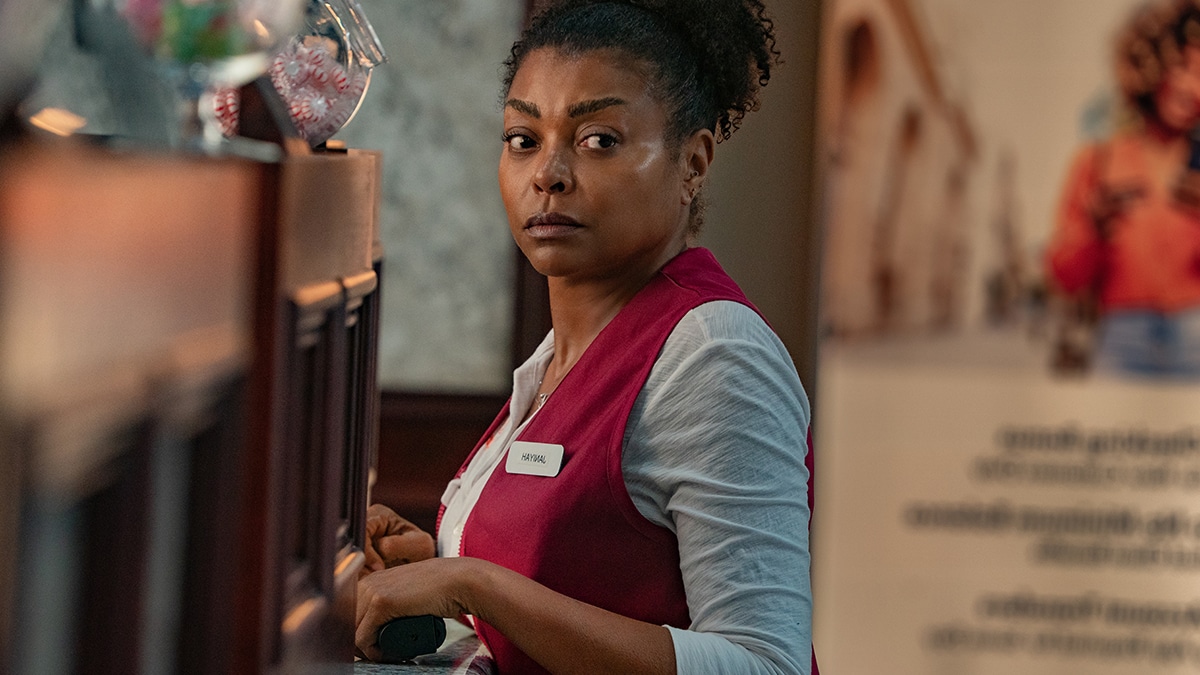The head cheese at Lai Rai on the Lower East Side emerges on a silver platter, in a marbleized pattern mimicking the bar countertop — not unlike charcuterie at most small plates wine bars. Sliced thin, the terrine-like dish is pleasantly chewy — the crunch of pig ear, the bounce of snout — laden with peppercorns. The snack tastes faintly of fish sauce and shallots; the paired wine, like red berries.
This head cheese, also known as giò thủ, is traditionally Vietnamese; co-owner Jerald Head and his wife Nhung Dao have served it at their restaurant Mắm, a few doors down. But this presentation is less standard, Head says. Usually, it would be served in thicker slices and served for Tết, or Lunar New Year, in Northern Vietnam. “We took this traditional head cheese and presented it in a way that you would enjoy charcuterie at another wine bar,” Head says. Lai Rai opened last fall, a joint effort between him and his former bosses Kim Hoang and Tuan Bui, co-founders at Di An Di.
A chance to try something less familiar extends to the savory ice cream at Lai Rai, in flavors like banana leaf, fish sauce caramel, and Laughing Cow cheese (a staple for the Vietnamese diaspora). Paris has Folderol, the natural wine and ice cream bar that became so popular — much to the chagrin of its owners — that a bouncer was hired to enforce a no-photo policy. Last year, the Dreamery brought the format to London. New York City now has Lai Rai: “I always thought that using Vietnamese flavors and using that to make ice cream would pair well with different styles of wine,” he says, citing Folderol as an inspiration.
Following existing spots like Tolo and Pinch Chinese, a new wave of Asian bars has arrived more recently, merging natural wine with freeform, third-culture cooking.
In December, Ha’s Snack Bar — the long-awaited Vietnamese brick-and-mortar from Anthony Ha and Sadie Mae Burns — opened around the same time as Sunn’s — the similarly anticipated spot from banchan pop-up star Sunny Lee. Sinsa debuted last month, a Korean American wine bar follow-up to Rice Thief. All are closely clustered in downtown Manhattan. Up ahead: Annie Shi, a partner at King, is working on a wine bar in Chinatown that will open this summer.
:no_upscale()/cdn.vox-cdn.com/uploads/chorus_asset/file/25873602/Eater_Lai_Rai_011.JPG)
If Rice Thief is all about home-style food, the East Village’s Sinsa is about a night out: “mixed in with contemporary foods from growing up and eating in New York City,” says owner Richard Jang. Compared to his Long Island City restaurant, Sinsa is dark and loungy, with nooks well-suited for dates or lingering with friends over a bottle of wine.
Consider Sinsa’s take on bistro classics: A short rib bourguignon is prepared with a soy marinade and crispy rice cakes; donkatsu gets the au poivre treatment; and a Caesar salad riffs with creamy shishito dressing and candied anchovies. Rice Thief’s humble beginnings as a ghost kitchen specializing in Korean marinated crab are given a nod, only at Sinsa the raw seafood is topped with caviar.
These wine bars meet the moment in New York when opening at all can be a challenge.
For Bui and Head, Lai Rai was, to an extent, a practical choice: Mắm’s proximity to both a church and school means it can’t sell alcohol (in general, it’s also much easier to get a wine license than for hard liquor). “But if you walk 20, 30 feet down the block, you walk through this magical portal and you can,” Head says. “It seemed like a low-cost investment and a fun business idea.” Everything is made at Mắm and needs only to be scooped and sliced at the 22-seat Lai Rai, which grew the restaurant’s footprint again.
Dishes at Sinsa in the East Village.
There was also the motivation to create a hub for the Asian American community. “It was really important to highlight our culture,” Bui says, whether that’s through the flavors of ice cream, the videos of Vietnamese musical artists projected onto the walls, or hosted events. “That goes back to what ‘lai rai’ means. By definition, it means little by little, but in slang, it’s like hanging out and socializing over a glass of wine or some snacks.”
Similarly, by design, there’s not a lot of “active cooking” at Sunn’s. Lee works with just one burner and an oven, which fits with the banchan she’s made a name for herself with and which can mostly be pre-made. It also lends itself to the snacky, wine bar vibe Lee hopes to achieve. “I want to have my own restaurant,” she says. “But I don’t ever want to put anything between myself, the food, and cooking for guests and being able to physically interact with them.”
Due to Sunn’s partnership with Parcelle, the wine list at Sunn’s is ample. Sunn’s wine director Dora Grossman-Weir wanted to feature “more off the beaten path regions,” she says, like a skin-contact wine from Domaine Danjou-Banessy in Roussillon. But there are also Rieslings that have more typically been paired with Asian food.
At both Sunn’s and Sinsa, soju and makgeolli, Korean rice wine, round out the menus. “The movement that we’ve seen toward natural wines has opened up a door where your average consumer is more down to try something different and open to regions they’ve never heard of,” Grossman-Weir says. “People are excited to try a rice wine that isn’t sake.”
As the distinction between “wine bar” and “restaurant” has become blurred, it’s now its own kind of in-joke. To that end, Lee is keen to let diners define Sunn’s through the way they use it. “I figured if people come and snack, wine bar; if people come and have a full-blown dinner and a glass or two of wine, restaurant.” Either way, the idea is, it’s not that serious.
:no_upscale()/cdn.vox-cdn.com/uploads/chorus_asset/file/25873611/Eater_Sinsa_034.JPG)
















